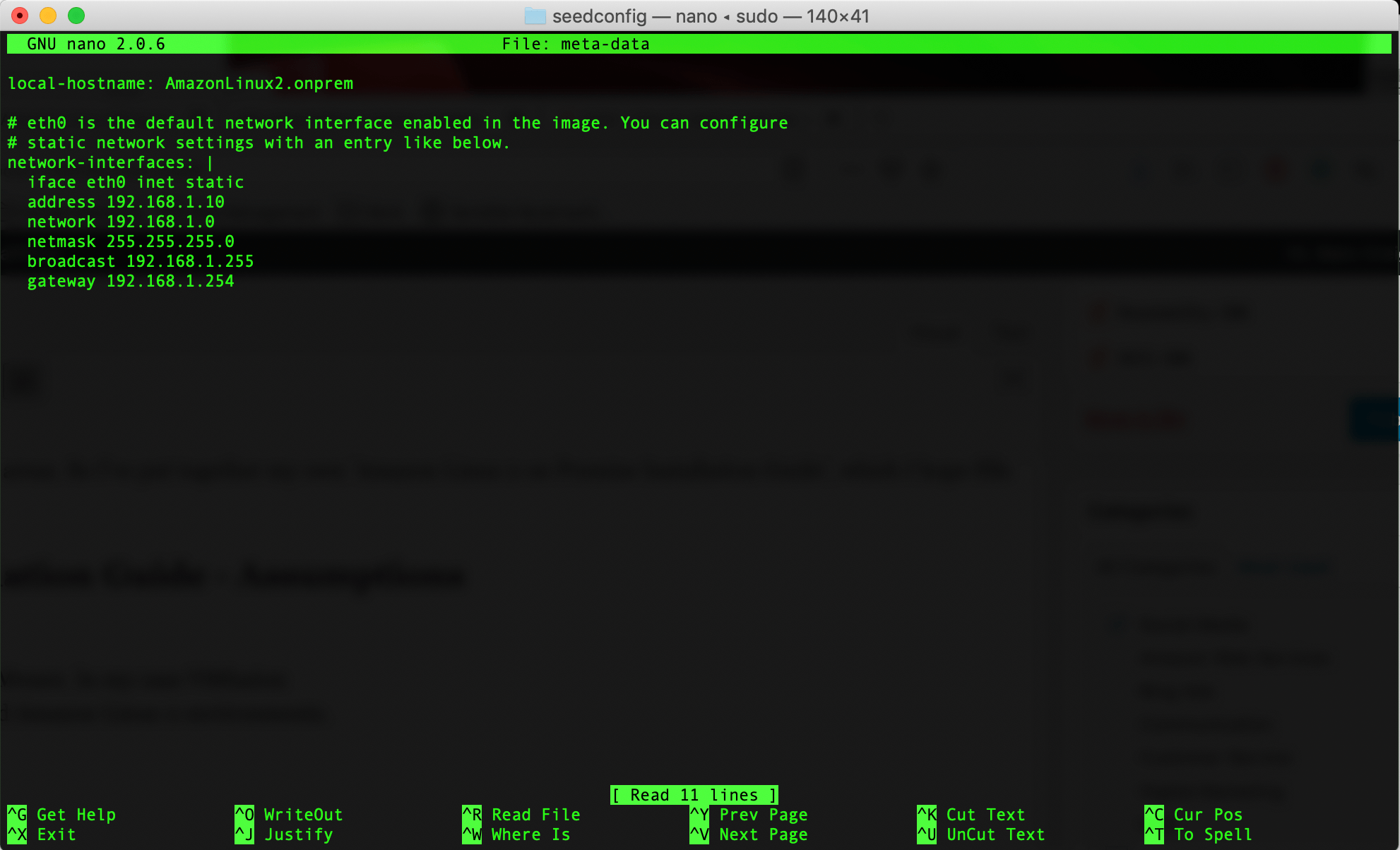

- #HOW TO EDIT TEXT FILE IN TERMINAL MAC WITH SUDO HOW TO#
- #HOW TO EDIT TEXT FILE IN TERMINAL MAC WITH SUDO WINDOWS#
Now you see the contents of the file (if there is any. To edit files on the command line, you can use an editor such as vi. The second does what an Option-drag does, or what happens when you drag a file to a different disk or volume. Editing Files with Vi or Vim Command Line Editor. Press the keyboard combination Ctrl + X to exit nano. Press the keyboard combination Ctrl + O and after that press Enter to save the file being edited.

The first does the same as dragging a file to a new location on the same hard disk. The only two nano keyboard shortcuts that you need to know are for WriteOut and Exit. There are two commands for moving and copying: mv and cp. The -e -edit switch, also known as sudoedit, allows the user to edit one or more files using their preferred text editor. The same is the case from the command line. (You may know that you can copy a file in the Finder, even on the same hard disk, by holding down the Option key when you drag it.) However, if you drag a file from your Desktop to an external hard disk, you’ll see that the file remains in its original location this file has been copied. The file is no longer on the Desktop, and is found only in the Documents folder. If you’re in the Finder, and you drag a file from, say, your Desktop to your Documents folder, or any other folder on the same disk or volume, you move the file. The difference between copying and moving files If you’ve lost access to the Finder because your Mac is on the blink, you might be able to use the command line to troubleshoot the problem.You can copy or move multiple files using wildcards.The CentOS /etc/sudoers file has many more lines, some of. I have copied and pasted the file from Ubuntu 20.04, with comments removed. You will be presented with the /etc/sudoers file in your selected text editor.
#HOW TO EDIT TEXT FILE IN TERMINAL MAC WITH SUDO HOW TO#
These files, which can contain settings for certain apps or parts of the Mac, contain a dot (.) before their names, and the Finder doesn’t show them. After you have configured visudo, execute the command to access the /etc/sudoers file: sudo visudo How To Modify the Sudoers File. You will see something like this : nano Main Screen. In order to launch an existing text file you type nano followed by the file name : nano berryclip01.py. In other words an empty text file that has no name. You can copy or move files that are hidden in the Finder. sudo nano /etc/hosts Level up your programming skills with exercises across 52 languages, and insightful discussion with our dedicated team of welcoming mentors. To start nano you can simply type nano at the command prompt.Select Get Info ( CMD + I) and inspect the Sharing & Permissions section at the bottom of the Info panel. Select a file, folder or application in Finder.
#HOW TO EDIT TEXT FILE IN TERMINAL MAC WITH SUDO WINDOWS#


 0 kommentar(er)
0 kommentar(er)
